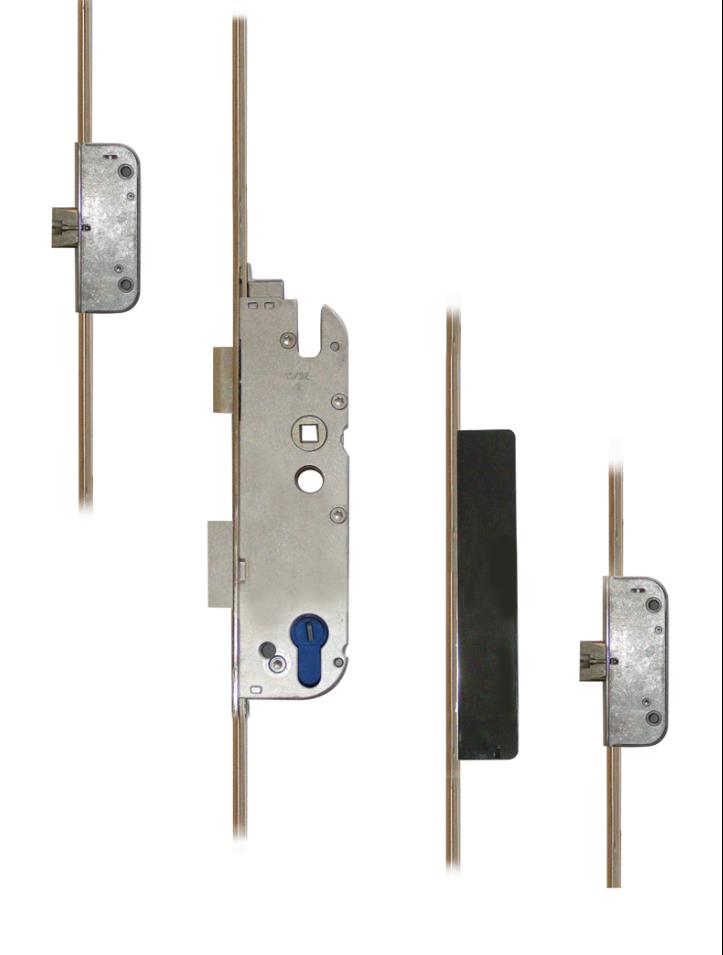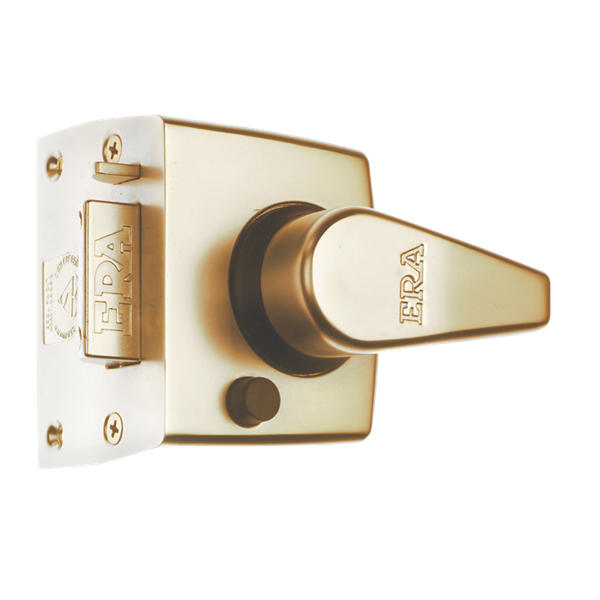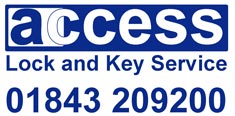A Guide to Common External Door Locks
You may have just moved into a new property, maybe you've applied for a quote from your home insurance company or perhaps there have been break-ins in your area and you want to check if the locks on your property are up to the job. In this article we will illustrate the four most common types of locks found on a front door and their security levels.
1. Five Lever Mortice Deadlock

A five lever mortice deadlock is a type of lock that is installed into the door material. It provides a higher level of security than a three lever mortice deadlock and is locked and unlocked from the inside and outside using a key. Most commonly found on wooden external doors, this lock can provide optimum security, when you purchase one that is both kitemarked and conforms to a British Standard rating; often insurance companies require this standard.
2. Euro Cylinder Lock

These are one of the most common locks found on external doors. They are often found on UPVC and composite doors along with multipoint locking systems. This type of lock provides a base level of security, but has been known to have certain weaknesses when it comes to burglars equipped with the right tool being able to snap the cylinder. However, there are now anti snap versions of this cylinder available.
There a four different types of cylinder lock:
- Double euro cylinder lock – can be locked/unlocked with a key from both sides
- Single euro cylinder lock – can only be locked /unlocked with a key from the outside only e.g. garage lock
- Full thumb turn euro cylinder lock – can be locked/unlocked with a key from the outside and has a thumb turn option on the inside.
- Half thumb turn euro cylinder lock – thumb turn locking/unlocking from one side only
3. Multipoint Locking System

As with the euro cylinder, multipoint locking systems are most commonly found on UPVC and composite doors. When locked, the bolts in the door are secured in the frame at multiple points. There should be a minimum of three locking points which are usually located at the top, bottom and the middle. The movement of the bolts is controlled by a single cylinder lock (you usually also have to lift the handle to lock). This type of lock is very secure but as mentioned above, it must be fitted alongside an anti-snap euro cylinder.
4. High Security Nightlatch

This type of lock is most commonly found surface mounted to the inside of wooden doors. They are locked/unlocked on the inside by turning the knob/lever and on the outside by inserting a key. The main downside of this type of lock is that it usually requires an additional lock for added security. For this reason, you will usually find a mortice deadlock fitted alongside.
There are three main types of nightlatch:
Standard Nightlatch (Non Deadlocking)
This type of lock has a rim cylinder on the outside which needs a key to open. On the inside, there is a knob/lever with a “snib”. The night latch can only be set in the open or closed position via this snib button. In the open position, it can be used to stop the door from locking behind you. The closed position can be set when you are in for the evening/night.
Deadlocking Nightlatch
This lock is very similar to the standard nightlatch but with the added security of being able to deadlock the property from outside with a key.
Auto Deadlocking Nightlatch
This is similar to the Deadlocking Nightlatch but with automatic deadlocking when the door is closed.
Here at Access Lock and Key Service, we provide a wide range of affordable lock choices and are always happy to talk through the best option for you!

